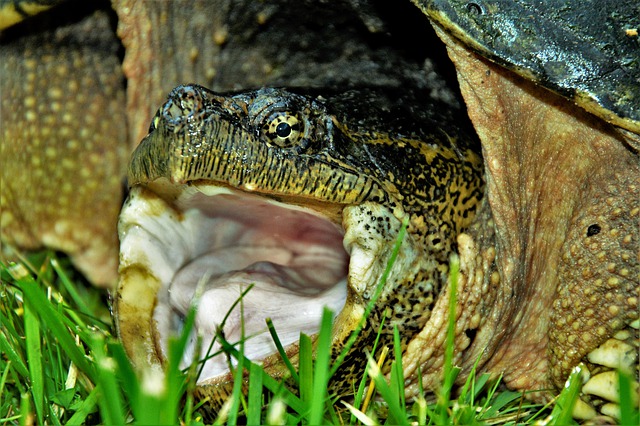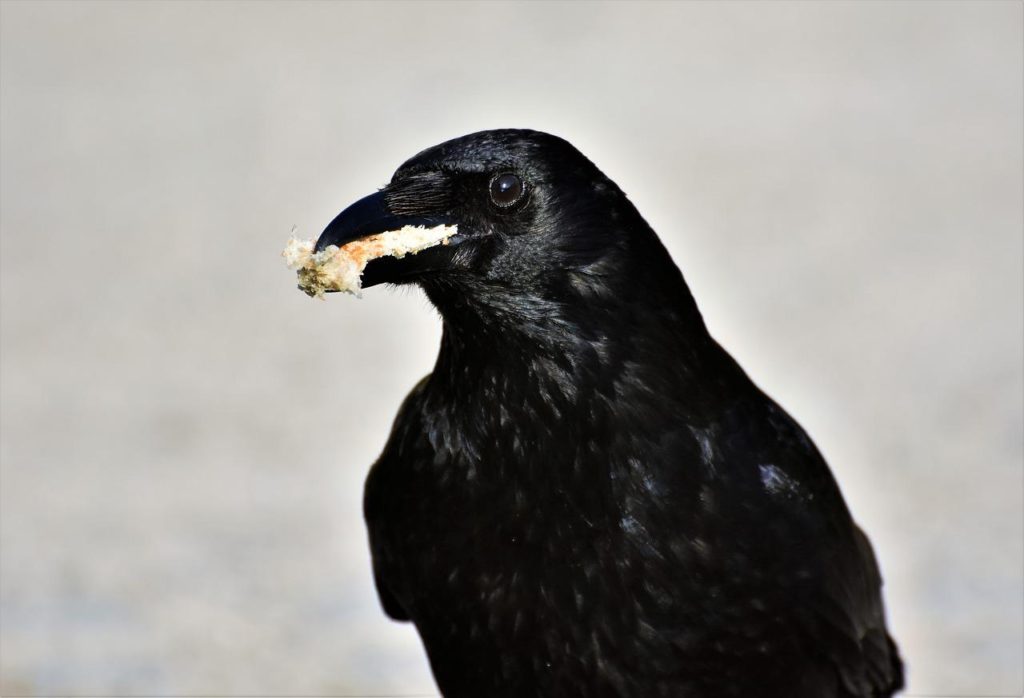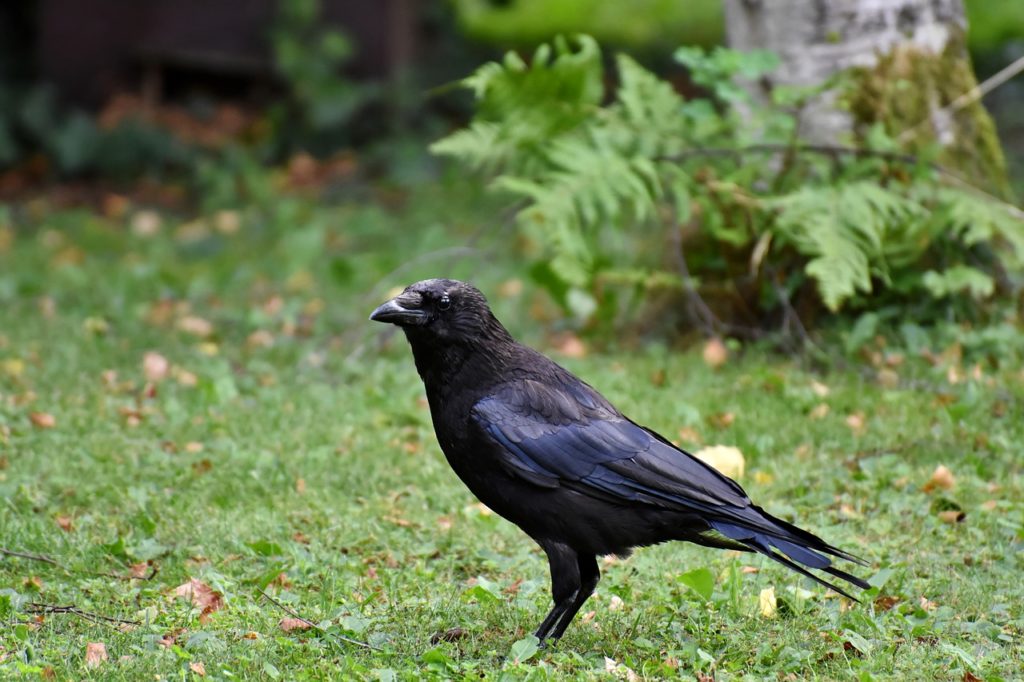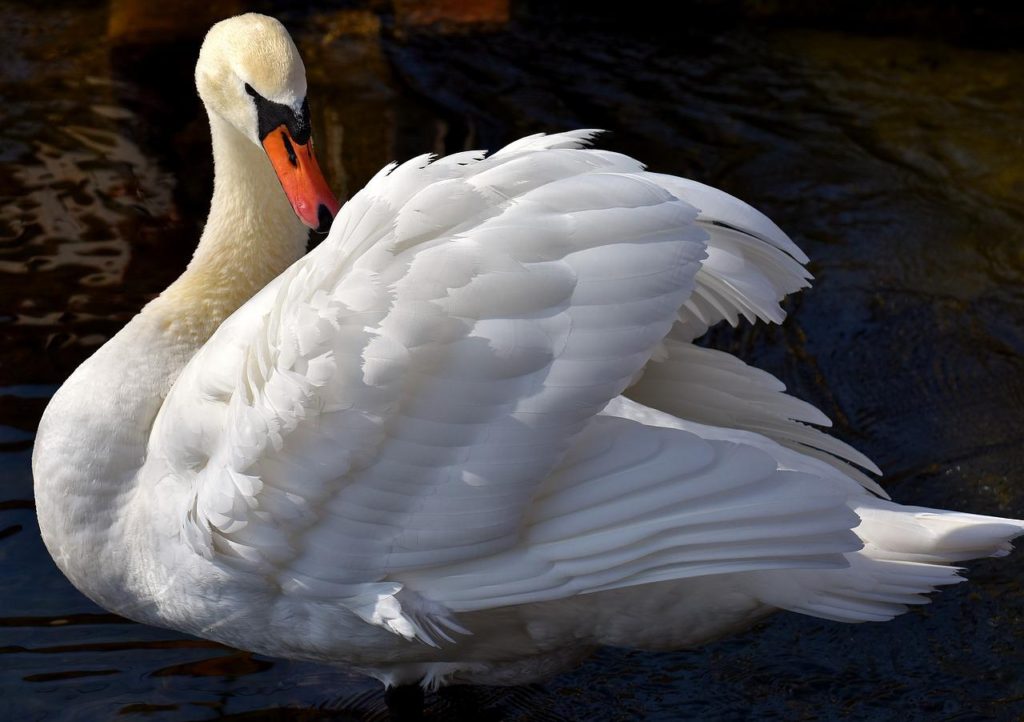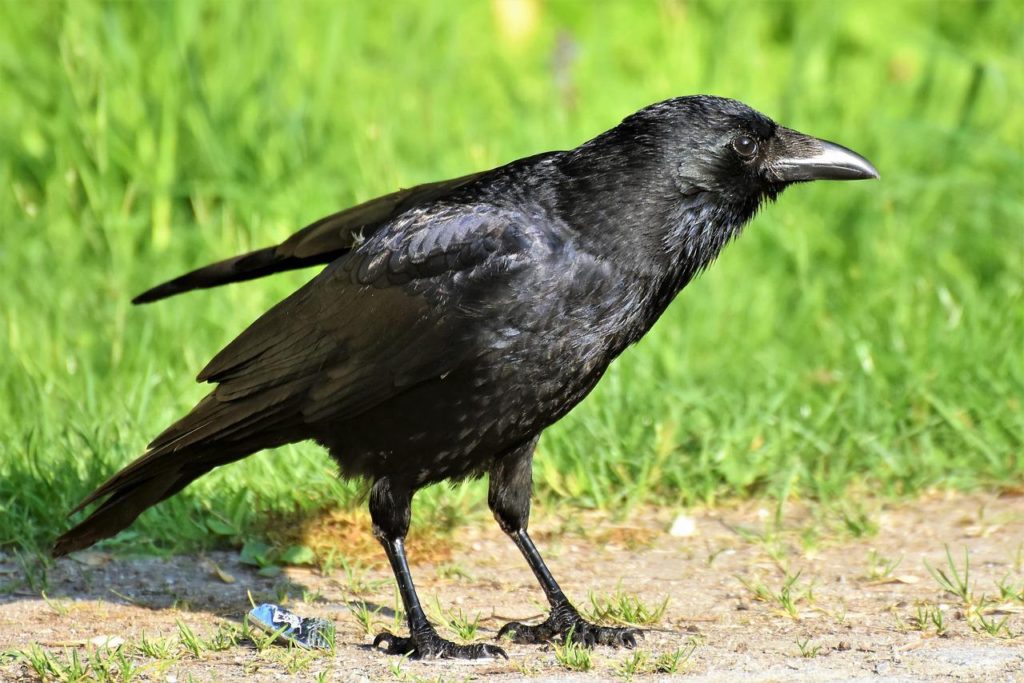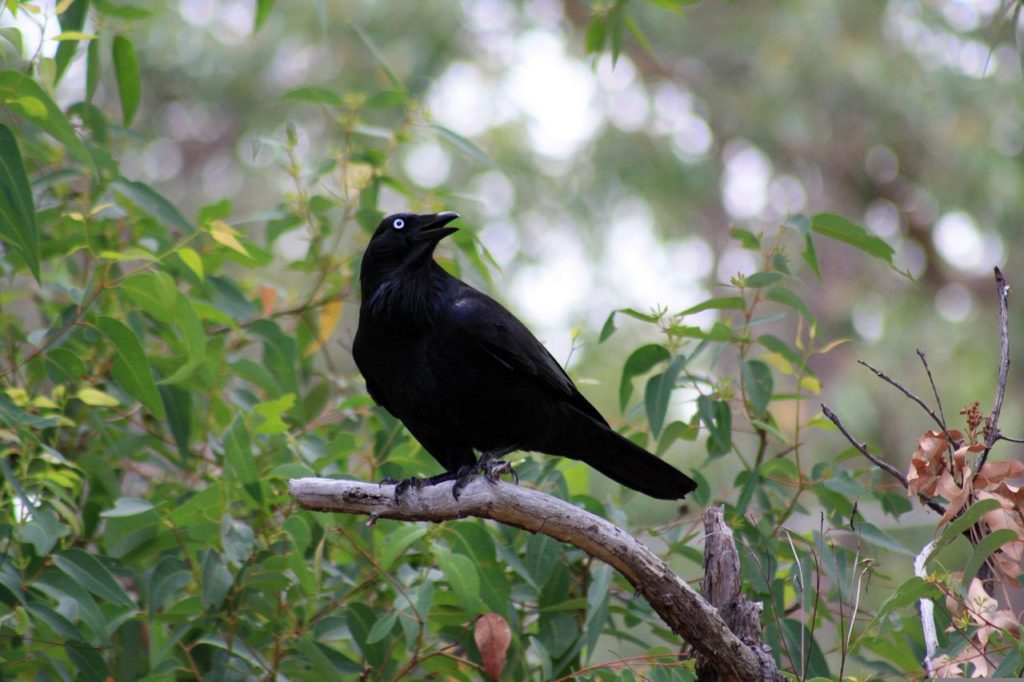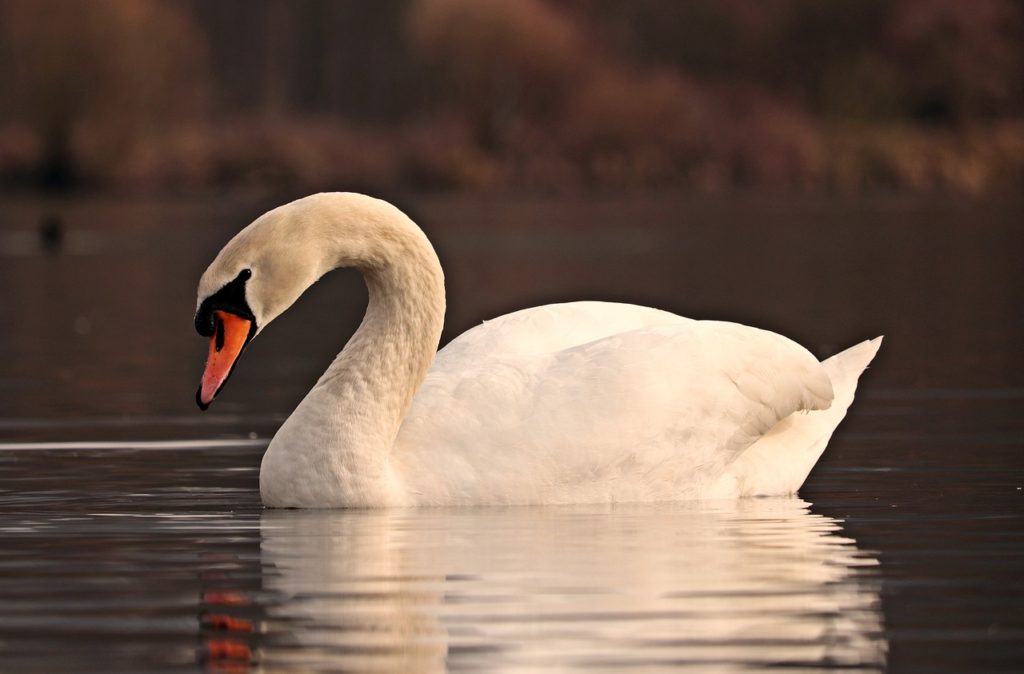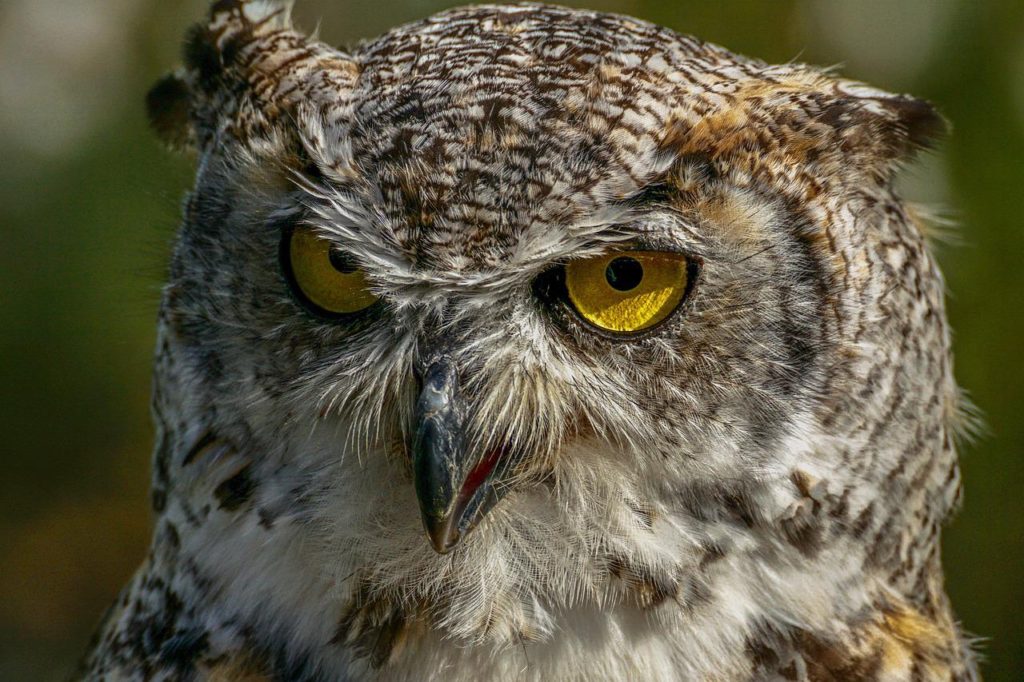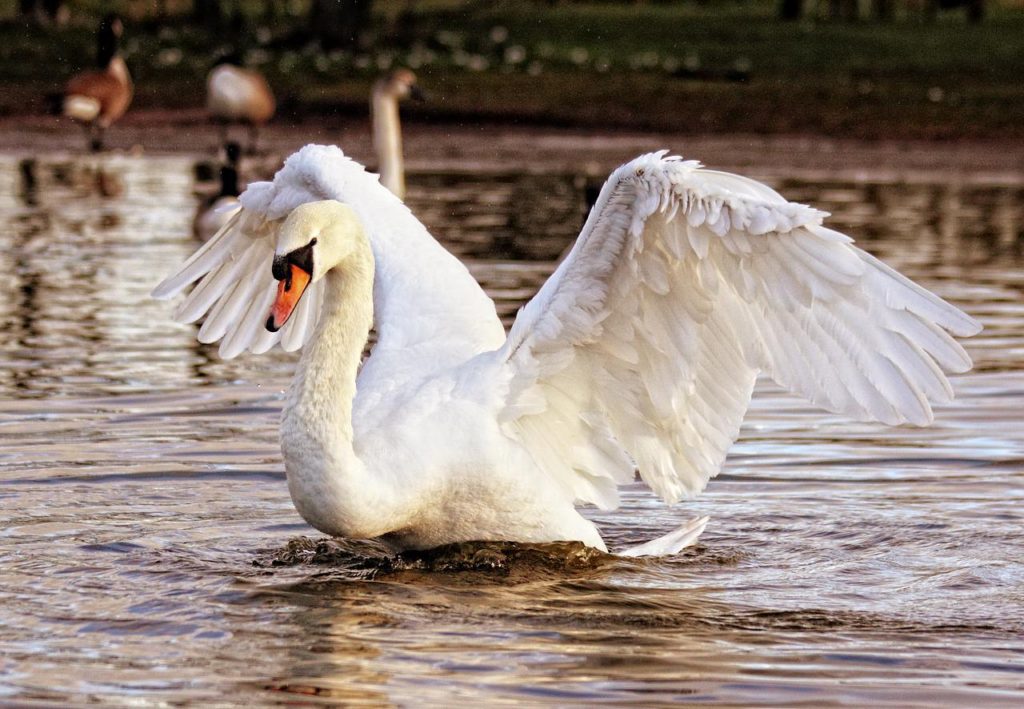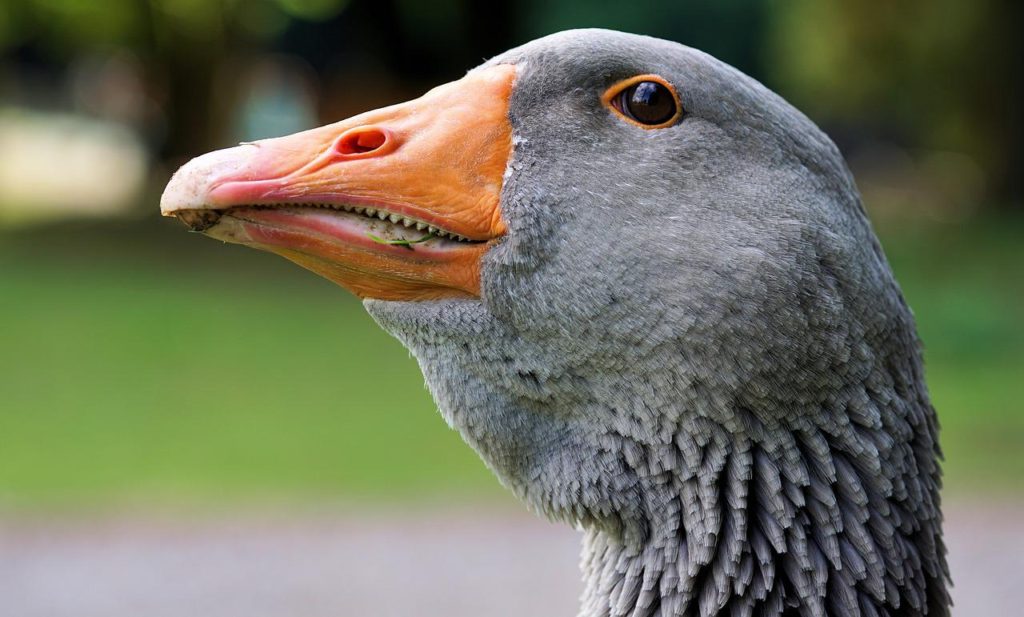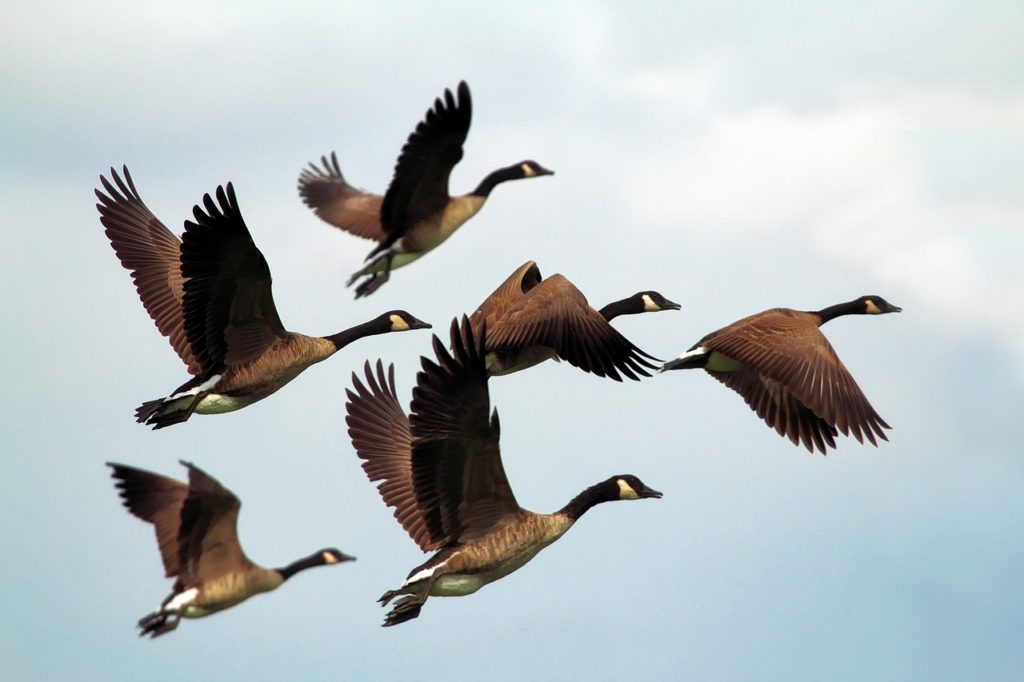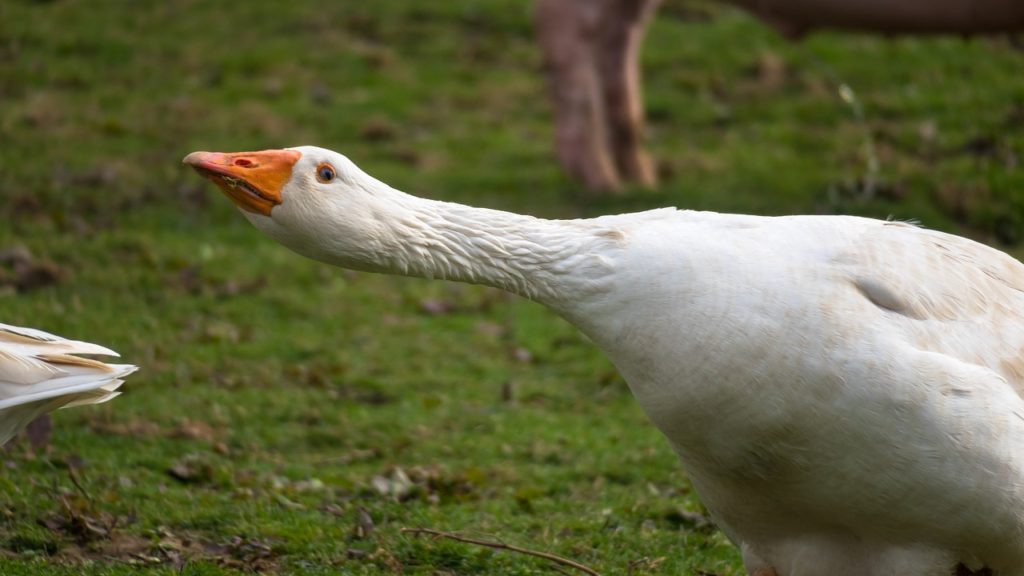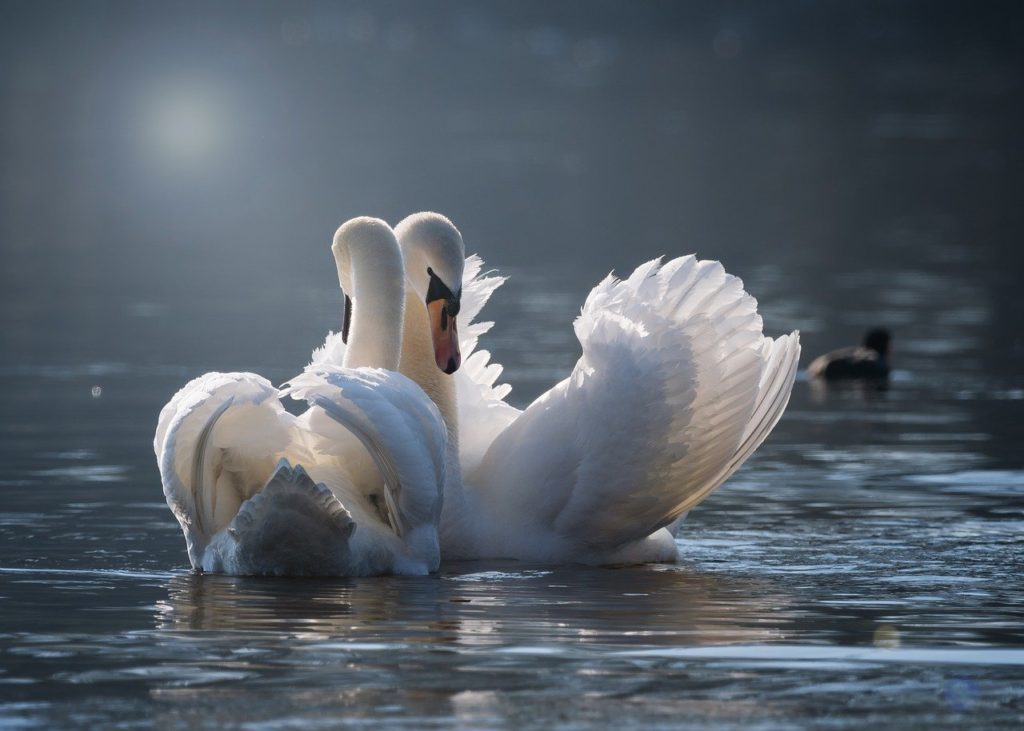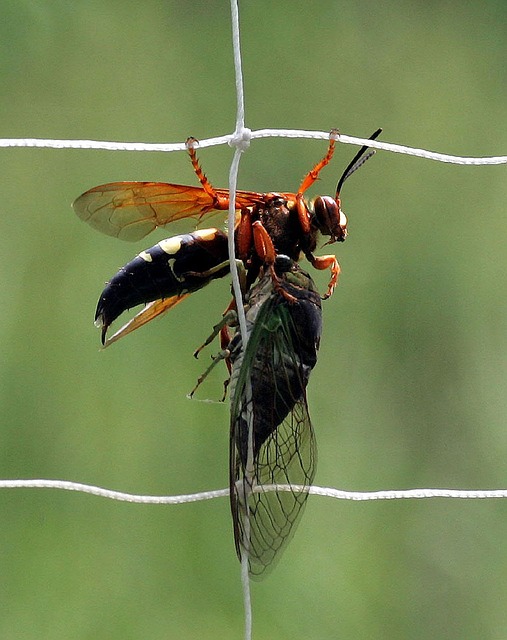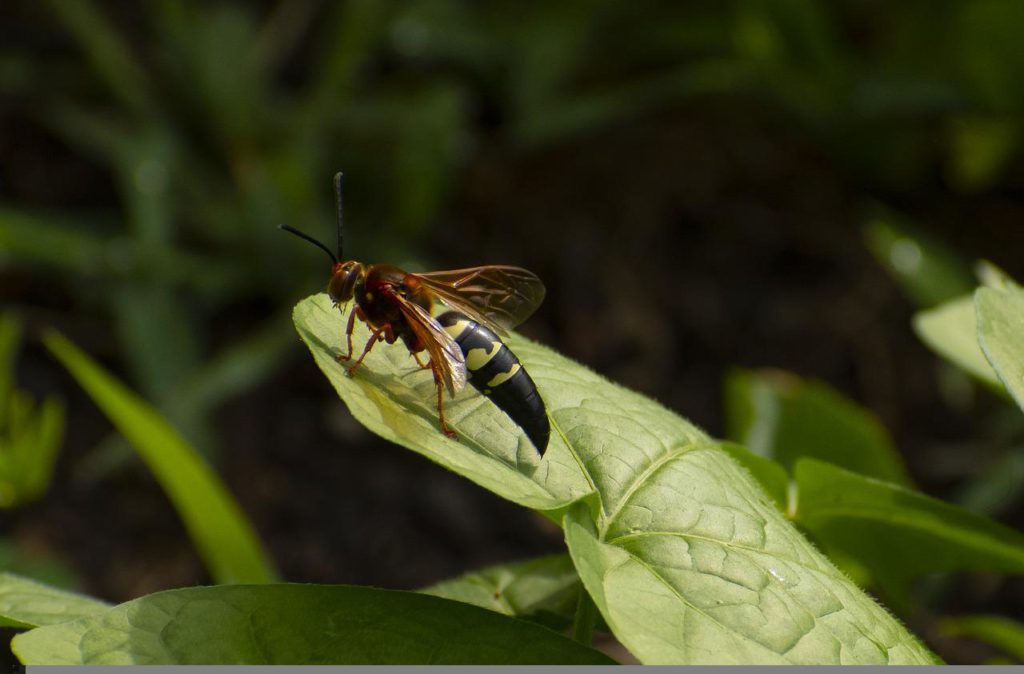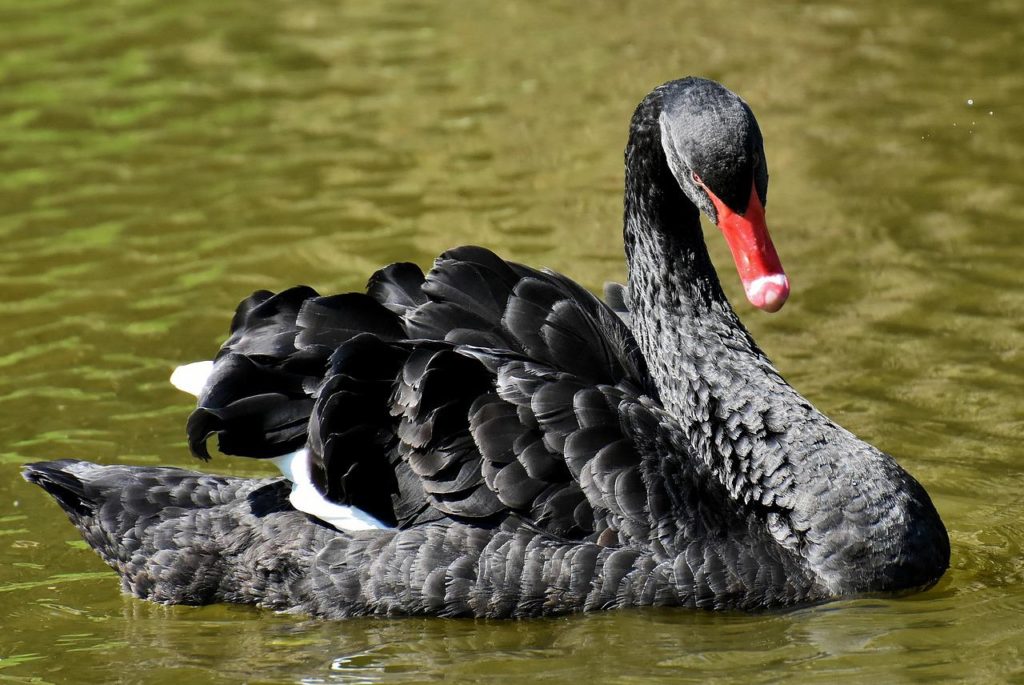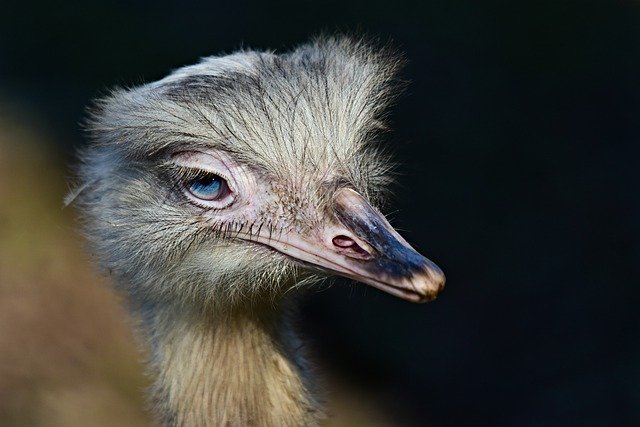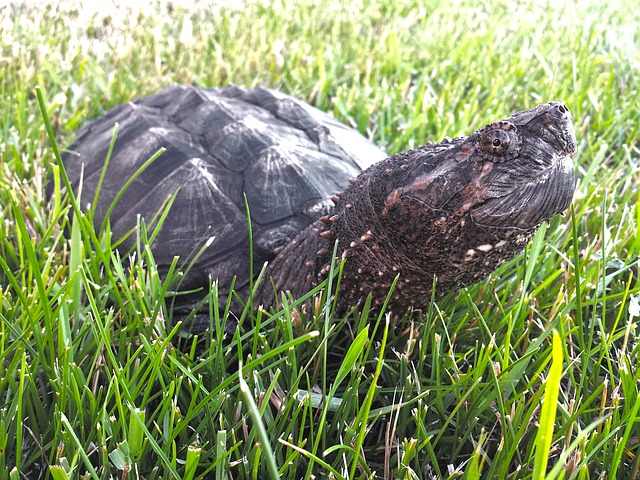
The common snapping turtle is known for its aggressive attitude and powerful jaws. There are many amazing things you’ll want to know about these large and ornery reptiles. So here are some of the top common snapping turtle facts.
They Aren’t Picky Eaters
The common snapping turtle will eat just about anything that it can catch and kill. This includes fish, other turtles, frogs, snakes, insects, aquatic mammals, and even sometimes waterfowl. They also feed on aquatic vegetation and the carcasses of any dead animals that they may find in the water as well.
Snapping Turtles Are Typically More Aggressive On Land
When encountered on land snapping turtles are often highly aggressive. They attack potential threats by raising their body and lunging at them. However one of the facts about snapping turtles that many people don’t know is that when they’re encountered in the water they prefer to flee instead. They often will and hide underwater and many times in the muddy bottom. 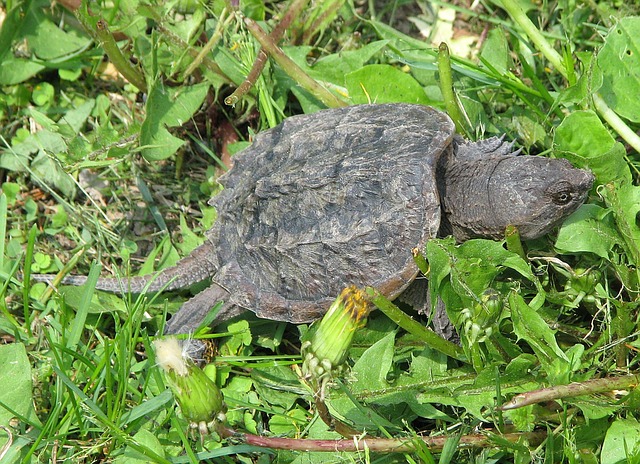
Common Snapping Turtles Don’t Make Good Pets
Owning a pet snapping turtle may seem like an exotic option when compared to other turtle species. While they are hardy and long-lived in captivity keeping snapping turtles as pets is not recommended for most people.
While a baby common snapping turtle may be cute when it’s fully grown it will need a very large enclosure. A pond or lake would be ideal and of course most pet owners cannot provide such a space. They also have sharp claws and a bite which can cause serious damage.
They Have A Powerful Bite
One of the most well-known characteristics of snapping turtles is that when they are threatened they have the tendency to bite. Not only are snapping turtle jaws strong but instead of teeth they have a hooked beak that is also razor-sharp beak. It is designed to easily cut through the flesh and bones of its prey and it can bite through a human hand.
Snapping Turtles Can’t Actually Fit Inside Their Shell
When threatened most turtle species can pull their bodies inside of their shells for protection. The common snapping turtle cannot. Its shell is too small. Instead its head, legs, and tail always remain outside of the shell.
Its Main Predator Is Man
Snapping turtle eggs and young are eaten by herons, foxes, skunks, minks, snakes, large fish, and raccoons. However because an adult snapping turtle is large, aggressive, and dangerous it has very few natural predators. Its biggest threat is humans. That’s because common snapping turtles are hunted for sport and used to make turtle soup and stew.
They Have A Snake-Like Neck
The scientific name of the common snapping turtle is Cheldra serpentine. “Serpentine” means “snake-like,” and refers specifically to its long neck. Its neck is also highly-mobile allowing the turtle to reach and bite at angles other turtle species cannot. Because of this the snapping turtle cannot be picked up safely in the same way most other turtles are.
It’s An Incredibly Cold-Tolerant Species
Like other reptiles all snapping turtles are cold-blooded. In other words their body temperature depends on the temperature of the air and water around them. However one of the most interesting facts about snapping turtles is just how cold-tolerant they are. While some common snapping turtles do hibernate others actually remain active all winter long even under the ice.
Snapping Turtles Can Travel On Land
While they do spend most of their time in the water, common snapping turtles will leave the water and travel on land to find new habitat or to lay eggs. This is the reason that they are sometimes encountered crossing roads. This species sometimes travels over surprisingly long distances.
They Were Once Used To Find Dead Bodies
One of the lesser-known snapping turtle facts is that in the past this species was used to help locate dead bodies underwater. A rope was tied around a snapper’s shell and it was released into the lake where the body was believed to be. When the turtle stopped swimming it was believed to have found the location of the body and started to feed on it.
Start Shopping for Snapping Turtle Traps!
What Do Crows Eat?
With roughly 40 different species, crows are a common sight in most places around the world. And while most of us are familiar with their appearance and harsh vocalizations, their diet is not as obvious. So what do crows eat? Here's what you'll want to know. What Do...
What Are Crows Good For?
Crows are widely considered to be pests. However, these large and highly intelligent black birds actually serve quite a few important functions in the environment. So what are crows good for? Here's what you'll want to know. Pest And Parasite Management Crows are...
How Long Do Swans Live?
Swans are graceful and beautiful creatures and as such, people have many questions about them. They want to know about their mating rituals, their diet, their preferred habitats, and even their lifespans. How long do swans live for anyway? Swan lifespans actually vary...
Are Crows Good Pets?
People all around the world see and hear crows on a daily basis. Although these intelligent and dark birds are practically ubiquitous, most people don't think of them as being household pets. Are crows good pets? The general consensus is that crows do not make...
Are There Crows In Australia?
Crows are remarkably smart birds that also happen to be extremely adaptable. They navigate unfamiliar circumstances via observation and interaction. Crows reside in locations all over the globe. While they do not live in certain parts of South America, they do reside...
What Do Swans Eat?
Swans are famously long-necked birds that are symbols of romance, love, beauty, and purity. Since these waterbirds have so many admirers, people often wonder about their eating habits, behaviors, and more. What do swans eat, anyway? Swan Basics Swans typically live in...
Birds That Look Like Owls
Owls are typically solitary and mainly nocturnal birds. And although these well-known hooting creatures have a rather distinctive physical appearance, there are actually various other kinds of birds that resemble owls closely. And people sometimes mix them up. So...
Why Are Swans Protected?
Swans are graceful and gorgeous creatures. They also happen to have protection in the United Kingdom, interestingly enough. Why are swans protected there, anyway? And does the Queen own all the swans? Yes, she actually owns any mute swans that are unclaimed in both...
Birds With Teeth
Birds do not have teeth. However, there are quite a few that really look like they do! These birds have evolved special beaks which help them to perform important functions. So here are some of the most amazing birds with “teeth,” and what you’ll want to know about...
Do Geese Fly?
Although geese are clearly birds, there are many individuals who do not necessarily associate them with flying. So, do geese fly? The honest answer is that these waterfowl do. They do not exactly slouch in the flying department, either. Many people are pleasantly...
Are Geese Dangerous?
Geese, in brief, are waterbirds that are quite substantial in size. Since they're often spotted on golf courses, at schools, and in community parks, people understandably tend to wonder whether they're safety threats. Are geese dangerous? Why Geese Attack...
Do Swans Mate For Life?
Swans are famously elegant waterbirds that are known for their sizable bodies, webbed feet, and lengthy necks. People often associate them with romantic imagery and monogamy. Do swans mate for life? You can find the response to that common and rather fascinating...
When Do Cicada Killers Come Out?
Whether you dread them each year or are waiting for them to emerge and control the cicada population you may be wondering, “When do cicada killers come out? The answer is they come out each summer in late June or July. Here’s what you’ll want to know. Cicada Killer...
Are Cicada Killers Dangerous?
One look at one of these huge wasps buzzing around, your yard, and it’s only natural to ask, “Are cicada killers dangerous?” Fortunately, these wasps are mild-mannered. But here’s what you’ll want to know. Cicada Killer Wasps Basics Cicada killers emerge from the...
What Are Black Swans?
What are black swans? Black swans (Cygnus atratus) are sizable waterbirds. This species primarily appears in Australia's southwestern and southeastern portions. The black swan is nomadic in its homeland. This bird, true to its name, is mostly black. Although the bird...
What Do Cicada Killers Eat When There Are No Cicadas?
What do cicada killers eat when there are no cicadas? Well, while cicada killer wasps do hunt cicadas, the adults don’t actually eat them or kill them, their young do. Read on to learn more! The Cicada Killer Diet While you may have seen cicada killer wasps flying...
Do Cicada Killer Wasps Sting?
As one of the biggest species of wasp in North America the cicada killer wasp can be intimidating. And because of their size, appearance, and scary-sounding name, many people wonder, “Do cicada killer wasps sting? The answer is yes and no, and here’s what you’ll want...
Emu Facts
Did you know? One emu egg can make an omelet that can feed up to six adults. Did you know that the emu is the only bird with calf muscles? Can an emu walk backward? Let us find out by exploring some of the most jaw-dropping emu facts. Emus Have Amazingly Powerful Legs...
Rhea Facts
Doting dads, did you know the male rhea builds the nest, incubates the eggs, and takes care of the young? The rheas are paragons of parental care. It’s a bird like no other, and you will be surprised by the following rhea facts. Rheas Are One Of The Best Dads In The...
